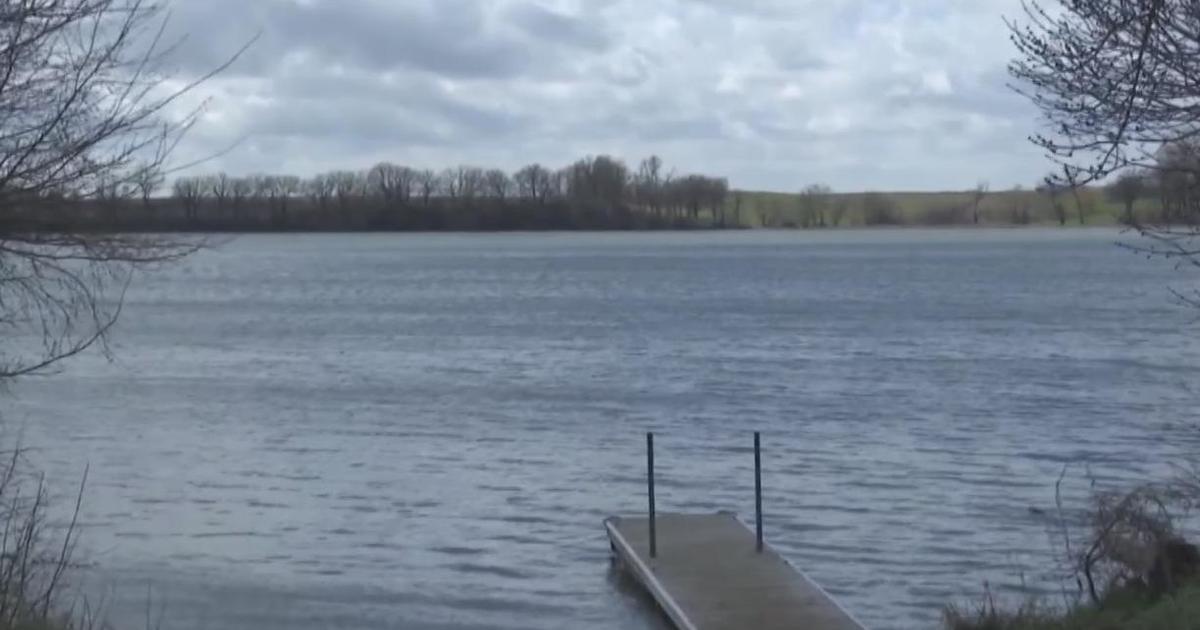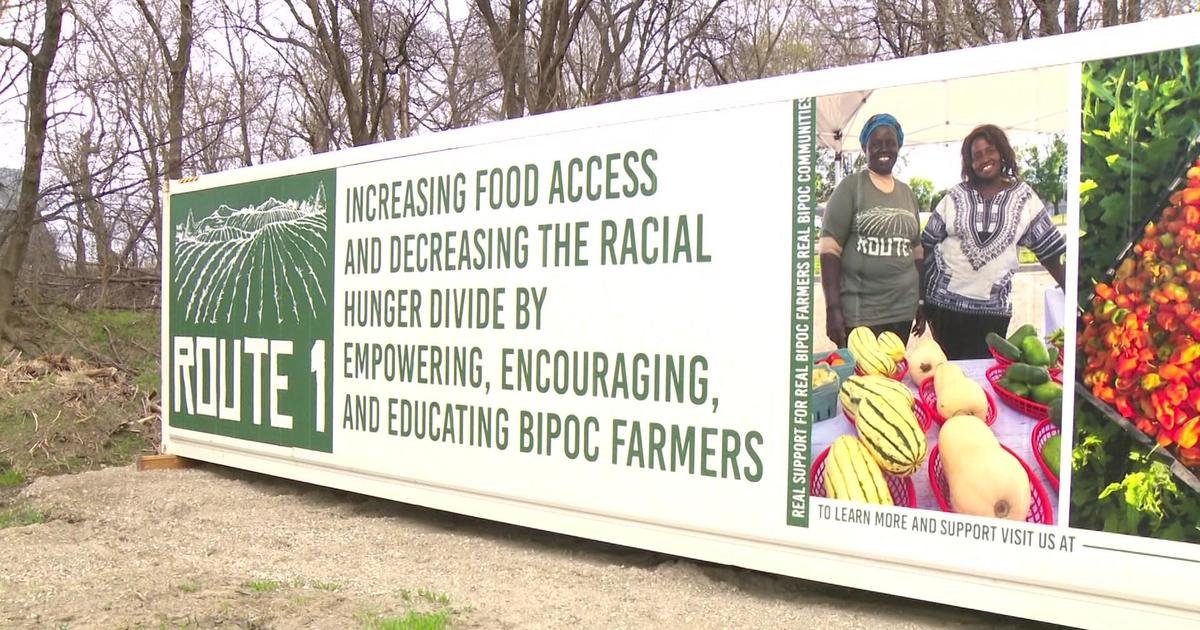Reports: Minnesota's Wetlands Aren't Healthy Everywhere
MINNEAPOLIS (AP) — Minnesota's wetlands are healthy overall but are suffering in agricultural and populated areas, the Minnesota Pollution Control Agency said in a pair of reports released Thursday just ahead of the waterfowl season.
The reports paint a picture of two distinct parts of Minnesota. Around three-fourths of the state's wetlands are in north-central and northeastern Minnesota, mainly forested areas where they've thrived because of less development and less-intensive land use. The reports said 80 percent of the state's other wetlands — in heavily agricultural and more populated parts of central, southern and western Minnesota — aren't faring nearly as well.
The broader of the two reports used vegetation quality as a key indicator, partly because it can affect a wetland's value as habitat for ducks, geese, insects and other wildlife.
It rated vegetation quality as "exceptional" in about 49 percent of the state's wetlands overall, meaning they support diverse and healthy plant communities and are essentially in their native states. However, 33 percent are in fair or poor condition, meaning their vegetation is degraded from the original state and non-native invasive plants such as cattails and reed canary grass are pushing out native plants.
Fertilizer runoff from agriculture and other sources is aggravating the problem, the two reports suggested.
"Excess phosphorus and nitrogen levels from runoff pose a significant threat to the biological integrity of these wetlands," Michael Bourdaghs, author of the report on vegetation quality, said in a statement.
Ducks Unlimited hasn't had time to review the studies in detail, said Gildo Tori, the group's regional director of public policy. But he said that many of those stressed wetlands are located where the Prairie Pothole Region, a crucial waterfowl habitat, overlaps western and southern Minnesota.
"That Prairie Pothole area is the Number One priority for Ducks Unlimited in our conservation area," Tori said. "Although the report may indicate their health isn't well, we remain pretty optimistic that we have some pretty good tools to help things out on the landscape."
Those tools include incentives in the 2014 farm bill for farmers to improve their wetlands and money from the state's Legacy Amendment that's available for wetland restoration, he said.
Minnesota has lost about half the wetlands it had prior to European settlement to draining and filling for agriculture and urban development. It now has about 10.6 million acres of wetlands, by the Department of Natural Resources' estimates. The state's main focus so far has been on trying to preserve or increase its wetland acreage, a no-net-loss of quantity policy. But the MPCA recommended placing a greater emphasis on promoting no-net-loss of quality.
Minnesota's waterfowl hunting season opens Saturday.
(© Copyright 2015 The Associated Press. All Rights Reserved. This material may not be published, broadcast, rewritten or redistributed.)



